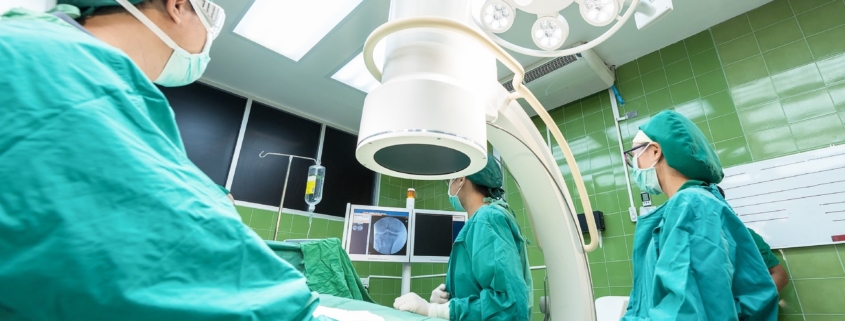Preparing Medical Professionals Who Reject Planned Parenthood
The ouster of Planned Parenthood’s president, who disappointed activists for not being aggressive enough on abortion despite her defense of horrific state laws, should be a wake-up call to Catholics to better educate future health care professionals about the reality of abortion and what true health care means. It’s a strong reason why renewing faithful Catholic education is so important to our Church and society.
Before students even arrive at medical school, the indoctrination that teaches that abortion is acceptable has already begun—and it even creeps into some of our Catholic schools and colleges. Just recently, a Catholic school teacher in South Carolina posted pro-abortion posts on her Facebook page and was appropriately removed from her teaching position. The school she was employed by is excellent—one of several recognized for strong Catholic policies by the Cardinal Newman Society. But still the teacher seems not to understand her responsibility to witness to the faith inside and outside of the classroom, and she has filed a lawsuit against the school.
Faithful Catholic schools are devoted to forming students in truth, beauty and goodness. Students learn that “reason, revelation, and science will never be in ultimate conflict, as the same God created them all” (Catholic Curriculum Standards). Catholic teachers play an important role in helping students understand moral issues like abortion and should educate them properly so that they are convicted by the truth.
In our Catholic colleges, sadly, this is not always the case. Several years ago, The Cardinal Newman Society reported on the close connections between Planned Parenthood and Catholic colleges across the country. Earlier this year, Georgetown University allowed for an abortionist to be hosted on campus who tried to justify his practice with his Christian faith. Several Catholic colleges honored pro-abortion politicians at commencement. And if we look at the Jesuit college graduates who are serving in Congress, a large majority of them are pro-abortion.
With mostly secular options for medical training, Catholics have a tough time of it. One Catholic high school student from Pennsylvania, Natalie Hyrcza, told me that while “there are many great nursing schools out there… a lot of them are not Catholic and do not even touch on ethics in nursing.”
Still, there are some good options. Natalie is excited to be going to the Catholic University of America in Washington, D.C., this fall to begin her nursing studies, where she hopes to “learn how to treat each and every patient… as a child of God.” She cites an example of when she volunteered at a hospital and came across a patient who was “very lonely and just wanted somebody to talk to.” After some time together, Natalie noticed the patient’s rosary, and they ended up praying it together.
Another nursing student, Kaelyn Adolph, is headed to Benedictine College in Atchison, Kansas, this fall. She said that it’s so important for her to “gain a solid education that reflects my Catholic values.”
“Attending a Catholic nursing school gives the nurses confidence that comes with a complete education, which includes the moral stance on modern issues,” she said. “This beautiful profession enables you to glorify and praise God through your work of caring for others.”
Over the last few decades, many Catholic medical schools have closed, but there are still many pre-medicine, nursing, biology, health care administration, physical education and related programs at faithful colleges like those recommended in The Newman Guide. With solid education not only in health care but also ethics, theology and other liberal arts, these can provide a great formation for Catholic leaders in health-related fields.
This article first appeared at The National Catholic Register.







 Photo by David Mark via Pixabay CC0
Photo by David Mark via Pixabay CC0